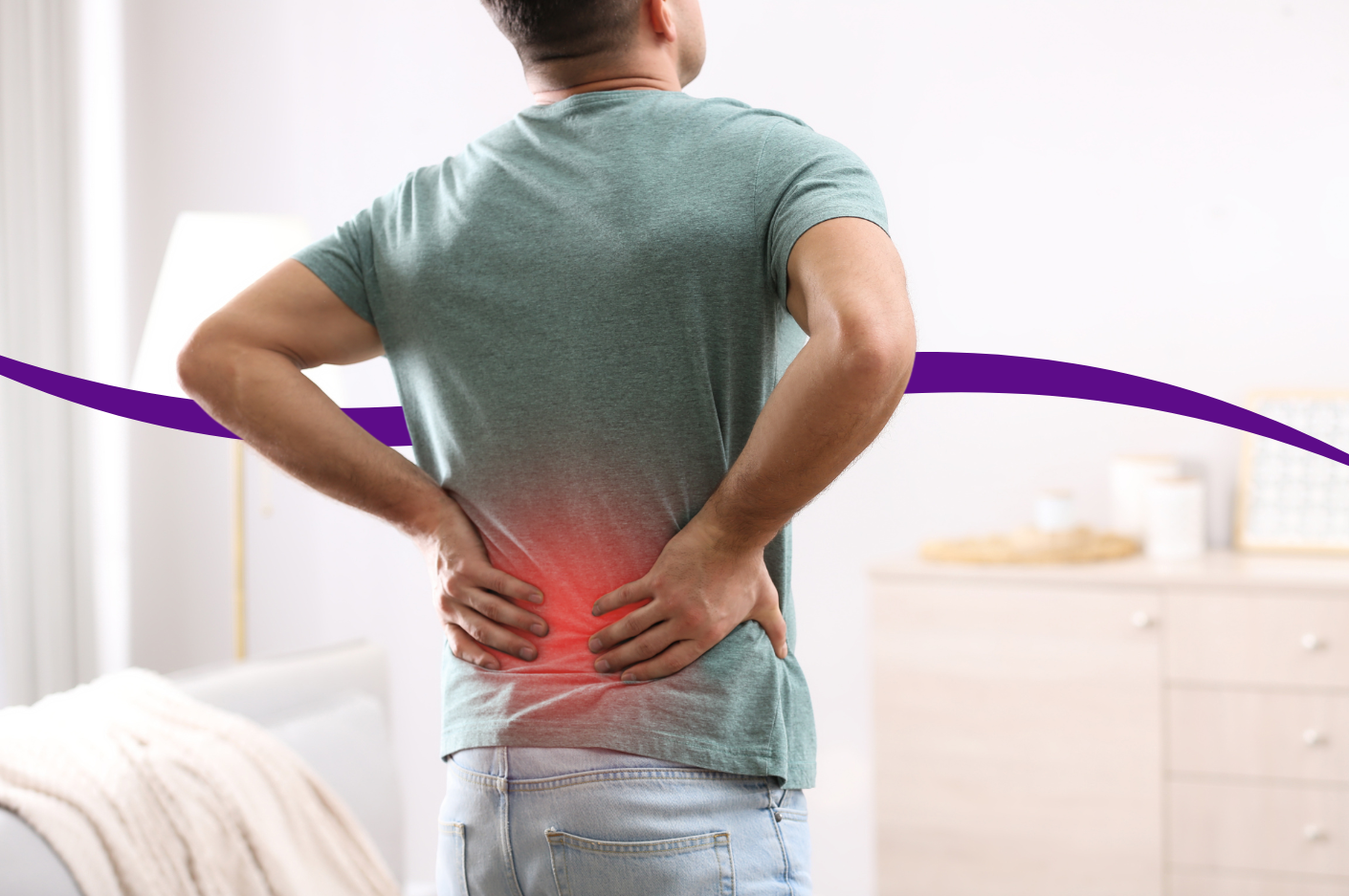
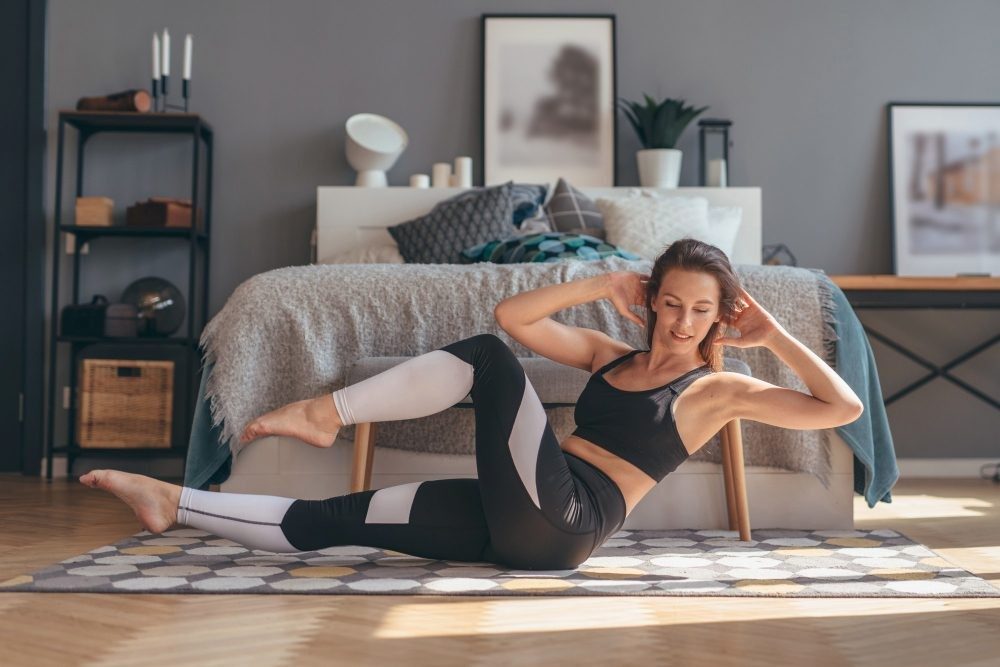
If you've experienced lower back pain, you know how uncomfortable it can be - and how much it can affect your day-to-day life.
There are many conditions that have lower back pain as a symptom, but one of the most common reasons for lower back pain is muscle sprains or strains that have been caused by sudden movements, or awkward positions.
If your lower back pain has come on suddenly, after an injury or a result of a specific movement, then there's a good chance that you could have strained your back or experienced a muscle tear. A back strain occurs when a ligament is stretched too far or torn whereas a muscle tear is when a muscle in your back has been injured and has a tear in it. Both of these conditions can be extremely painful, and there are different levels of severity.
Another common cause of back pain is a slipped disk. Your spine has small jelly-filled disks that work to protect the space between the vertebrae. When one of these disks breaks it can push on a nerve, causing sciatica. If you suspect you have sciatica, you can check out our guide on the best sciatica exercises & stretches here [insert link].
In this article, we'll discuss symptoms of a back strain or muscle tear, how to prevent it from happening, and some of the best exercises to build strength and stretches for lower back pain relief.
If you have lower back pain, it could be a symptom of one of the following conditions:

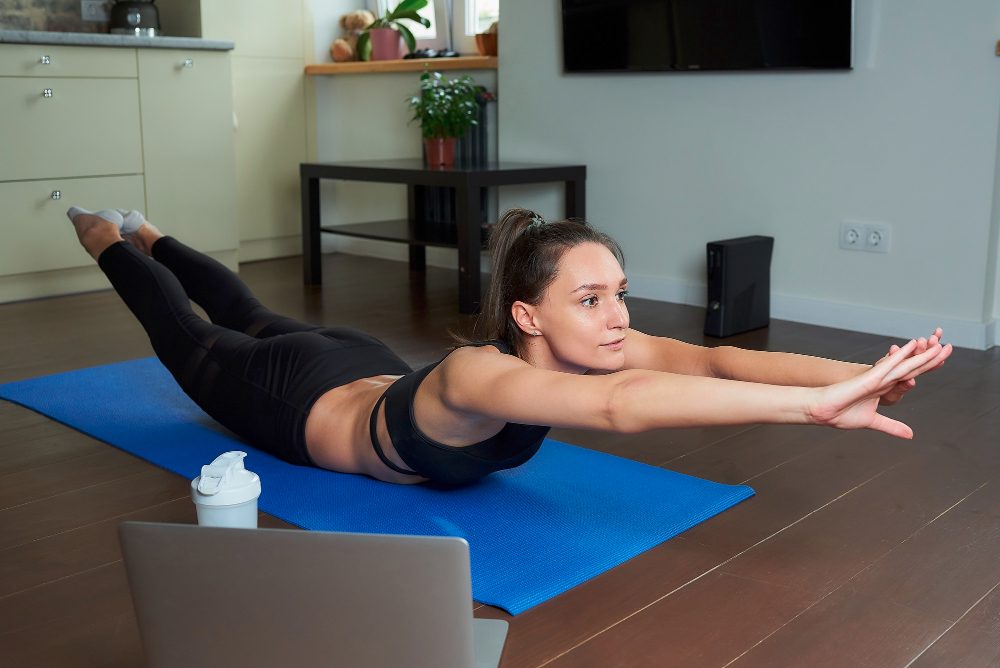
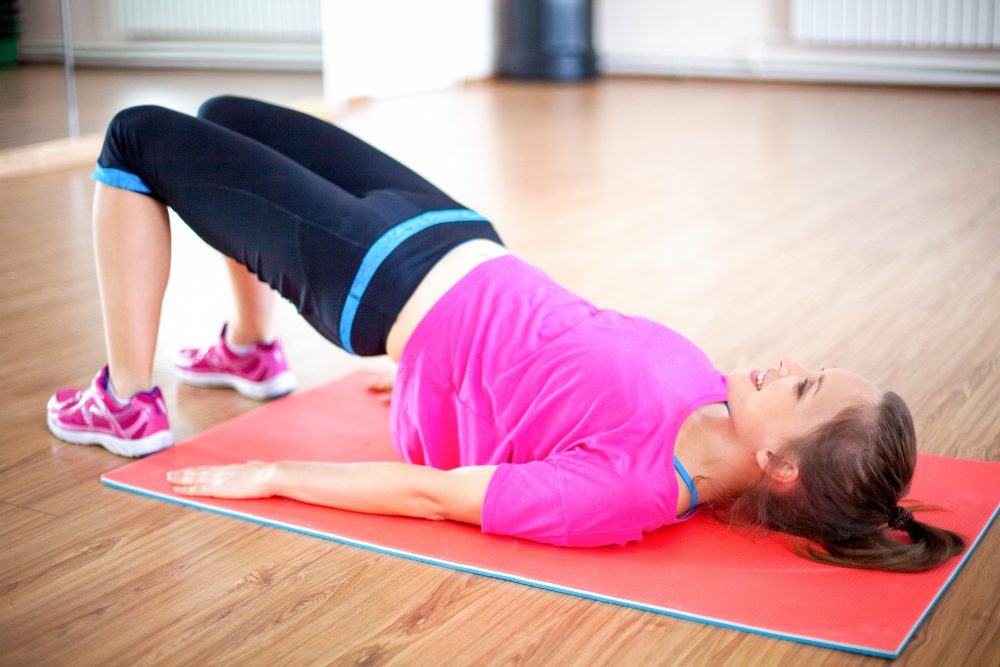
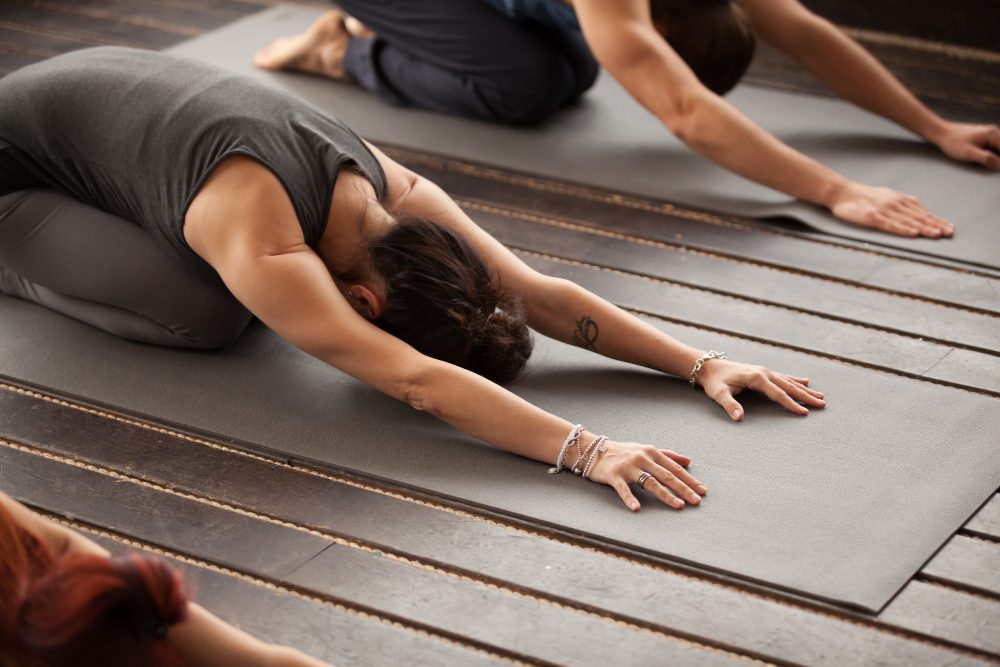
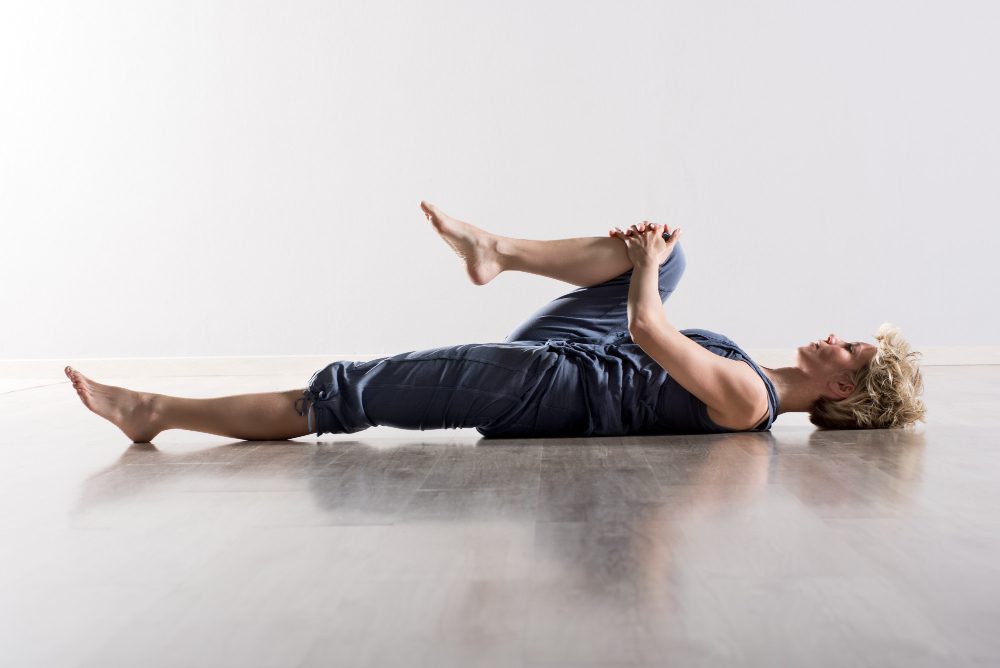
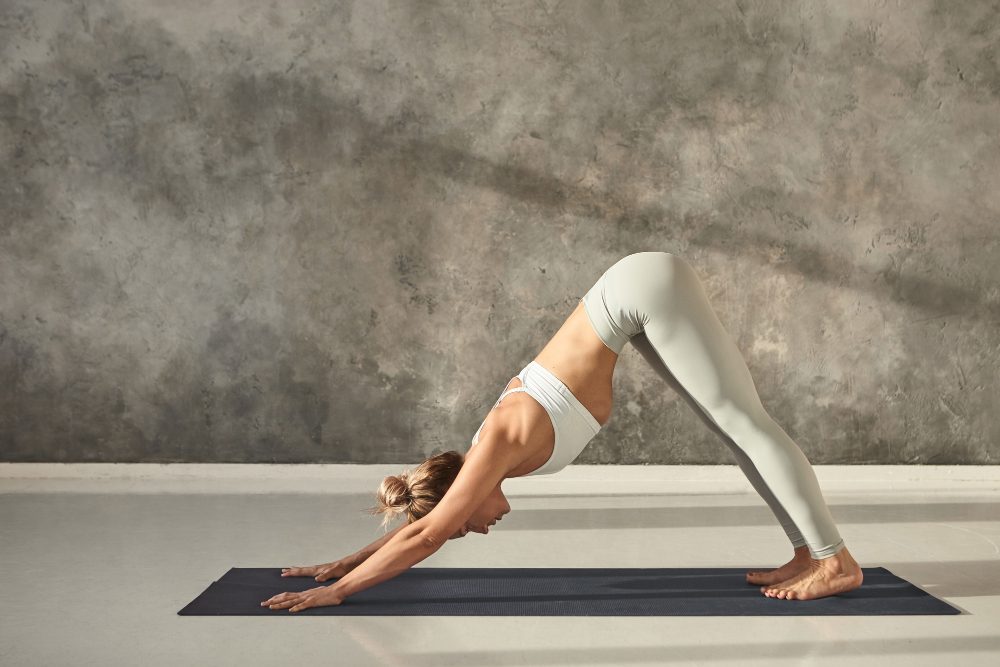
Sometimes lower back pain can be helped significantly from light and low impact aerobic exercise. An example of this is back pain that's caused by sitting in a slouched position for a long period of time.
However, a strained back or a back with a muscle tear may cause the condition to be worsened through aerobic exercise. For severe strains and muscle tears, rest and activity avoidance are highly recommended. Many cases of sciatica can be worsened - and be considerably harder to treat - if aerobic exercise is done.
For this reason, you should always consult a medical professional before doing any exercises or sport if you are experiencing lower back pain.
You can help to prevent lower back pain by strengthening muscles through the core of your body so that your spine is well supported. Lower back pain is commonly caused by weak abdominal muscles because the abdominals sit at the core of the spine. So, if these muscles are weak and aren't able to support your spine properly, then other muscles - like your back muscles - will have to take on excessive stress, which can lead to a back injury. To target and build the abdominal muscles specifically, you can do the 'Russian twist' as detailed above.
If you work full-time hours in an office job, you'll probably spend around 30-40 hours a week sitting in a desk chair working at a computer in front of you. This position can be very stressful for your spine, and make you prone to lower back pain.
Slouching forward while at a desk is damaging to your spine as it can cause problems like disc degeneration. There are many ergonomic office chairs on the market that can help you align correctly and support your back properly.
Many yoga poses, like the downward dog and child's pose, are great for stretching and aligning the spine. They also help to relieve tension and strengthen the surrounding muscles and make the back more flexible. All of these things can significantly help prevent back injuries.
Even if you're not an avid yogi, regularly stretching at just one yoga session per week can help to prevent muscles tears and strains from occurring in the back.
Lifting things up is almost a daily occurrence for many people - and even if you're lifting something light, if you move the wrong way you can cause a tear or strain to happen in your lower back. Learning to lift correctly is very easy, and is a great preventative measure for lower back pain. When lifting anything, you should ensure that you always bend from the knees, rather than lean over and the waist to pick up the item.
Extra body weight adds extra stress on the spine and joints and excessive belly fat can cause the lower back to slant forward. Both of these things can cause back strains and sprains. To avoid putting extra stress on your back, you should try and stay within a healthy weight range for your height. A good measurement is a BMI (body mass index) which is a figure that measures body far that is calculated by your weight and height.
A podiatrist is a doctor of the lower limbs and feet, so you may be wondering how they can help with lower back pain? If lower back pain is caused by sciatica, then it's something that podiatrist actually specialise in, because this nerve runs all the way down through the legs.
A podiatrist is a trained medical professional and will be able to assess your condition and determine whether treatment from them is best -
of if you need help from a chiropractor, physiotherapist, GP or surgeon. In many cases, where a GP suspects sciatica, they will actually
refer patients to a podiatrist for further testing.
Book your appointment with our podiatry team online here or call us on (07) 3356 3579.
| Monday | 7:40am - 6:00pm |
| Tuesday | 7:40am - 6:00pm |
| Wednesday | 7:40am - 6:00pm |
| Thursday |
7:40am - 6:00pm |
| Friday | TEMP CLOSED |
| Saturday | CLOSED |
| Sunday | CLOSED |
Ground Floor, 344 Queen Street,
Brisbane City QLD 4000
| Monday | 7:40am - 6:00pm |
| Tuesday | 7:40am - 6:00pm |
| Wednesday | 7:40am - 6:00pm |
| Thursday |
7:40am - 6:30pm |
| Friday | 7:40am - 5:00pm |
| Saturday | 7:40am - 4:30pm |
| Sunday | CLOSED |
Newmarket Village, 114/400 Newmarket Rd, Newmarket QLD 4051